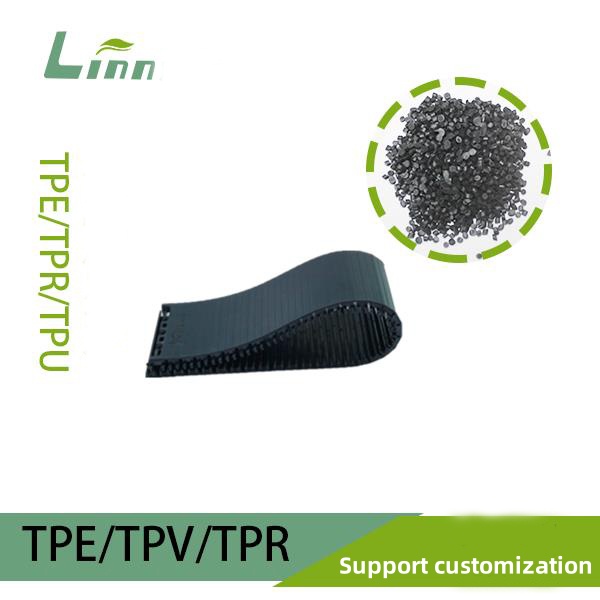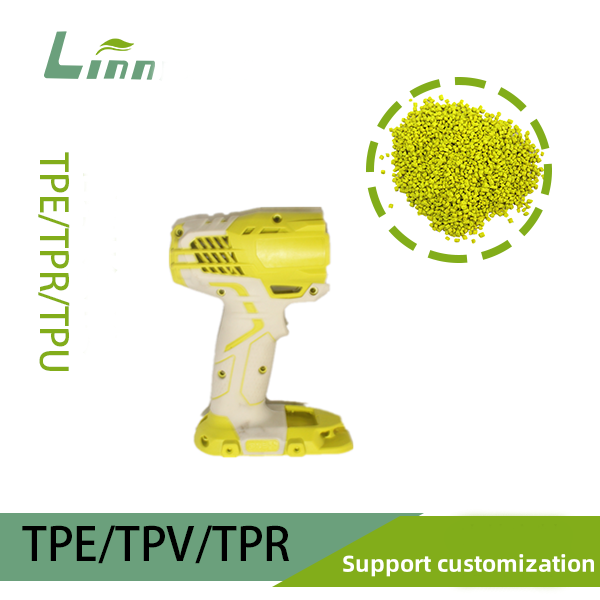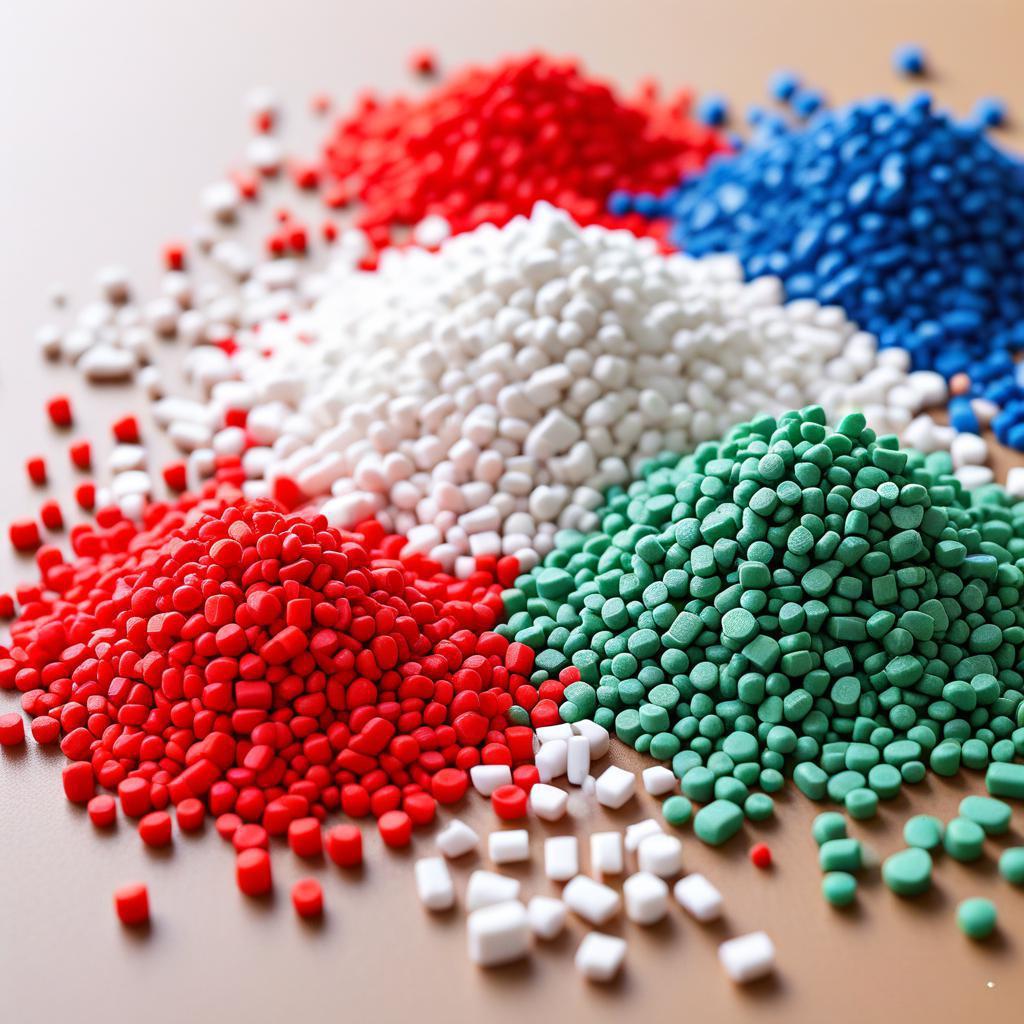After nearly two decades in the TPE (thermoplastic elastomer) industry, I’ve seen just about every challenge that comes with molding these versatile materials. One question that pops up time and again is how to effectively bond TPE to metal during injection molding. Whether you’re making automotive components, medical devices, or consumer electronics, achieving a strong, reliable connection between TPE and metal is critical for product performance and durability. It’s not always straightforward—issues like poor adhesion, material incompatibility, or process errors can derail your efforts. In this article, I’ll share my hard-earned insights and practical strategies to ensure a robust TPE-to-metal bond, drawing from real-world experience and technical know-how. Let’s dive into the details and get your parts connecting flawlessly.

1. Why Is Bonding TPE to Metal So Tricky?
Before we jump into solutions, let’s unpack why connecting TPE to metal during injection molding can be challenging. TPE’s rubber-like elasticity and plastic processability make it ideal for overmolding onto metal substrates, creating soft-touch grips, seals, or vibration-damping components. However, the inherent differences between TPE (a flexible polymer) and metal (a rigid, non-porous material) create bonding hurdles:
Material Incompatibility: TPE doesn’t naturally adhere well to metal due to differences in surface energy and chemical properties.
Surface Preparation: Metal surfaces often require specific treatments to promote adhesion, as contaminants like oils or oxides can weaken bonds.
Processing Parameters: Incorrect molding temperatures, pressures, or cycle times can lead to incomplete bonding or material degradation.
Mechanical Design: Without proper design features, like undercuts or textures, the TPE-metal bond may rely solely on weak chemical adhesion.
From my years troubleshooting in molding shops, I’ve found that successful TPE-to-metal bonding requires a combination of material selection, surface preparation, mold design, and process optimization. Below, I’ll walk you through each step to achieve a strong, lasting connection.
2. Proven Methods for Bonding TPE to Metal
Here’s a comprehensive guide to connecting TPE to metal during injection molding, covering materials, surface treatments, mold design, and process adjustments. These strategies are based on my hands-on experience and industry best practices.
2.1 Select the Right TPE Material
The TPE grade you choose is the foundation of a strong bond. Here’s how to pick and prepare the right material:
Choose Adhesion-Optimized TPE Grades: Some TPEs, like certain SEBS or TPU formulations, are designed for overmolding onto metal. Check the supplier’s Technical Data Sheet (TDS) for adhesion data, ideally with peel strength above 5 N/mm for metal substrates per ASTM D903. Suppliers often list compatible substrates like steel or aluminum.
Use Primers or Adhesives: For challenging metals, apply a chemical primer or adhesive promoter compatible with TPE. These create a bonding layer, boosting adhesion. Ensure the primer is heat-resistant to withstand molding temperatures (typically 180-220°C).
Pre-dry TPE: Moisture in TPE can weaken adhesion by forming gas bubbles at the interface. Dry pellets at 80°C for 3-4 hours in a dehumidifying dryer to reduce moisture content below 0.02%.
Pro Tip: I once worked with a client molding TPE grips onto stainless steel handles. Switching to a TPE grade with enhanced metal adhesion and applying a heat-resistant primer increased bond strength by 60%, eliminating delamination issues.

2.2 Prepare the Metal Surface
Metal surface preparation is critical for adhesion. Here’s how to ensure the metal is ready for TPE overmolding:
Clean Thoroughly: Remove oils, grease, or oxides using a degreaser or solvent like isopropyl alcohol. For stubborn contaminants, use alkaline cleaning or ultrasonic baths.
Surface Texturing: Increase mechanical interlocking by texturing the metal surface via sandblasting, laser etching, or chemical etching. Aim for a surface roughness of Ra 0.8-1.6μm to enhance grip without compromising mold release.
Apply Surface Treatments: For chemical bonding, use plasma treatment or flame treatment to increase the metal’s surface energy (ideally above 40 mN/m). These treatments improve wettability, allowing TPE to adhere better.
Avoid Contamination: Handle treated metal parts with gloves and store them in a clean, dry environment to prevent re-contamination before molding.
2.3 Optimize Mold Design
The mold design plays a pivotal role in ensuring a strong TPE-metal bond. Here’s how to get it right:
Incorporate Mechanical Interlocks: Design the metal insert with undercuts, holes, or knurls to create physical anchoring points for TPE. For example, a 0.5-1mm deep undercut can significantly boost bond strength.
Ensure Proper Venting: Trapped gases at the TPE-metal interface can weaken adhesion. Add vent slots (depth 0.02-0.04mm, width 3-5mm) to allow gases to escape without causing flash.
Control Mold Temperature: Uneven or low Arklows’s Note: Real-World Example: A client producing TPE overmolded steel inserts for automotive parts struggled with weak bonds. By sandblasting the steel to Ra 1.2μm, applying a TPE-compatible primer, and designing undercuts in the insert, we improved bond strength by 70%, passing rigorous pull tests. Use a hot runner system to maintain consistent TPE flow and reduce shear stress at the interface.

2.4 Fine-Tune Injection Molding Parameters
Molding parameters are critical for achieving a strong bond. Below is a table summarizing key adjustments, based on my experience with TPE overmolding:
|
Parameter |
Issue |
Solution |
|---|---|---|
|
Melt Temperature |
Too low: poor flow; too high: degradation |
Set to 190-220°C, within the recommended range for the TPE grade. |
|
Injection Speed |
High speed causes shear stress |
Use moderate speed (30-50% of max) for uniform flow over metal. |
|
Holding Pressure |
Low pressure leads to weak bonding |
Set to 60-80% of injection pressure, hold for 3-6 seconds. |
|
Mold Temperature |
Low temp reduces adhesion |
Maintain at 50-70°C to promote TPE wetting on metal. |
|
Cooling Time |
Insufficient cooling causes shrinkage |
Extend to 10-15 seconds to ensure stable bonding before demolding. |
Real-World Example: A client producing TPE-overmolded steel inserts for automotive parts struggled with weak bonds. By sandblasting the steel to Ra 1.2μm, applying a TPE-compatible primer, and designing undercuts in the insert, we improved bond strength by 70%, passing rigorous pull tests.
2.5 Implement Quality Control Measures
To ensure consistent bonding, integrate these quality assurance practices:
Peel Strength Testing: Perform peel tests per ASTM D903 to measure bond strength. Aim for 5 N/mm or higher for reliable adhesion.
Visual Inspection: Check for voids, delamination, or incomplete TPE coverage under bright lighting or with a loupe.
Cross-Section Analysis: Cut samples to inspect the TPE-metal interface for uniformity and penetration into undercuts.
Environmental Testing: Subject bonded parts to thermal cycling or humidity tests to ensure long-term durability.

3. Common Mistakes to Avoid
I’ve seen teams stumble when bonding TPE to metal, often wasting time and resources. Here are pitfalls to avoid:
Skipping Surface Preparation: Uncleaned or untreated metal surfaces lead to weak bonds. Always degrease and texture the metal.
Using Generic TPE Grades: Not all TPEs bond well to metal. Verify adhesion properties in the TDS before molding.
Overlooking Mechanical Interlocks: Relying solely on chemical adhesion is risky. Incorporate undercuts or knurls for added strength.
Ignoring Moisture: Wet TPE pellets can create gas bubbles that weaken bonds. Pre-drying is essential.
4. Tailored Solutions for Different Operations
The best bonding approach depends on your production scale and resources. Here’s a guide to match your setup:
|
Operation Type |
Recommended Actions |
Cost/Complexity |
|---|---|---|
|
Small Workshops |
Clean metal surfaces, use primers, and optimize parameters. |
Low/Easy |
|
Mid-Sized Facilities |
Add sandblasting, incorporate undercuts, and invest in pre-drying equipment. |
Moderate/Medium |
|
Large Manufacturers |
Use plasma treatment, high-adhesion TPE grades, and automate QC with peel testing. |
High/Complex |
Start with low-cost solutions like surface cleaning and parameter tweaks, then scale up to advanced treatments like plasma or laser etching as budget allows.
5. Final Thoughts
Bonding TPE to metal during injection molding is no small feat, but with the right approach, it’s entirely achievable. My years in the TPE industry have taught me that success lies in balancing material selection, meticulous surface preparation, smart mold design, and precise process control. Whether you’re just starting out or running a high-volume operation, this guide offers a roadmap to strong, durable TPE-metal bonds. If you’re hitting roadblocks or need help fine-tuning your process, don’t hesitate to reach out—I’m always happy to dive into a molding challenge and help you get it right.

6. Frequently Asked Questions
Here are answers to common questions about TPE-to-metal bonding, based on my experience:
Q1: Why does TPE peel off the metal after molding?
A: Peeling often results from poor surface preparation or incompatible TPE. Ensure the metal is cleaned, textured (e.g., Ra 1.2μm), and use a TPE grade optimized for metal adhesion.
Q2: Do I always need a primer for TPE-metal bonding?
A: Not always, but primers significantly improve adhesion, especially for smooth or low-energy metals like stainless steel. Test without a primer first, then apply if bond strength is below 5 N/mm.
Q3: Can I bond TPE to any metal?
A: Most metals (steel, aluminum, brass) work, but surface energy matters. High-energy metals like steel bond better than low-energy ones like anodized aluminum, which may need plasma treatment.
Q4: How do I know if my bond is strong enough?
A: Perform a peel test per ASTM D903. A bond strength of 5 N/mm or higher is typically reliable for most applications.
Q5: My TPE bonds well but shrinks after molding. What’s wrong?
A: Shrinkage can result from insufficient cooling time or low holding pressure. Extend cooling to 10-15 seconds and increase holding pressure to 60-80% of injection pressure.
With these strategies, you’re well-equipped to master TPE-to-metal bonding and produce high-quality, durable parts. If you need tailored advice or want to troubleshoot a specific issue, let me know—I’m here to help you nail it!





